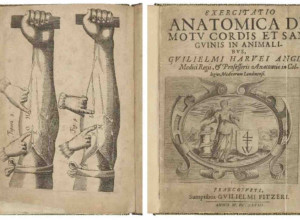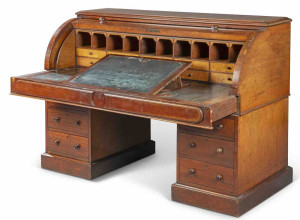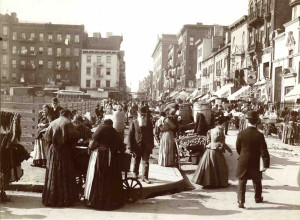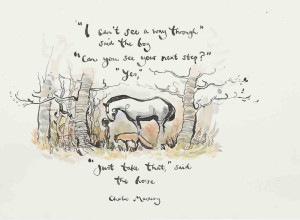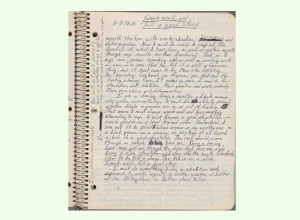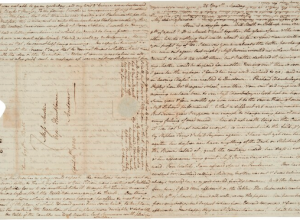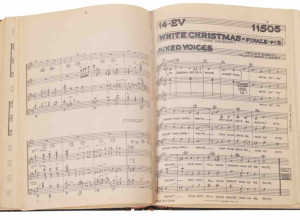The spring-tight line between reality and the photograph has been stretched relentlessly, but it has not been broken. These abstractions of nature have not left the world of appearances; for to do so is to break the camera’s strongest point—its authenticity. –Minor White, 1950
Photographer Minor White’s quote acknowledges a fundamental quandary faced by photographers in the 20th century. On the one hand, their medium was esteemed precisely for its ability to record what the eye saw. On the other hand, photographers, like painters and sculptors, sought new approaches and rationales to advance their picture making. Abstraction as a nonrepresentational, visual language played a significant role in bending the conventional expectations of a medium unquestionably suited to describe people, places and objects. Beyond the World We Know presents the work of 16 artists who embraced a new goal for their practice: to loosen the grip of realism and demonstrate photography’s ability to suggest something other than itself, to serve as a conduit for visual metaphor and personal expression.
This mission to emphasize photography’s subjectivity began early in the 20th century, coincident with the rise of abstraction and nonobjective art in other media. In 1951, The Museum of Modern Art (MoMA) presented Abstraction in Photography, an exhibition that invited the public to evaluate these strange bedfellows. Six of the artists represented in the Norton Simon exhibition were included in that groundbreaking exhibition: Barbara Morgan, Frederick Sommer, Arthur Siegel, Aaron Siskind and Brett and Edward Weston. Almost a decade later, in 1960, MoMA revisited the topic of abstract practices in The Sense of Abstraction, introducing the photographs of Walter Chappell and Edmund Teske, whose work also figures in the Museum’s installation.
bstraction’s presence in the photographs featured in Beyond the World We Know is one of degrees. In some cases, it results from procedures with new equipment, such as enlargers, or darkroom manipulations involving duotone and solarization. Chance is a strong element in the resulting prints. Sommer produced small oil paintings on cellophane paper, which he then placed between sheets of glass. By means of an enlarger, he printed the images onto sensitized paper. His camera-less photographs are known as cliché-verres. Teske employed the Sabbatier technique—a process of chemical toning and solarization, in which the print is exposed to bright light during its development, introducing painterly elements and unusual spatial juxtapositions.
In other cases, artists employed cropping and novel framing devices as punctuation, previsualizing the result. Framing the details of his subject tightly, Siskind captures the hieroglyphics of urban life—graffiti, sidewalk markings—creating photographic depictions that, in such extreme close-up, call to mind the gestural paintings of the Abstract Expressionists. Intricate patterns in nature and manmade objects stimulated Brett Weston’s keen interest in emphasizing photography’s tonal capabilities and dramatizing its contrast range. Whatever the stimulus, the subject is distanced from recognizable contexts. These strategies defamiliarize the principal object. As a result, viewers are encouraged to take in the image and see beyond the ostensible subject.
In their integration of the visible world and abstraction, the gelatin silver prints on display in Beyond the World We Know demonstrate that the simplest subjects can be evocative works of art when composition, texture, tone and light are handled by artists of great imagination and virtuosity.
Sun 11am – 5pm
Mon - Thu 12pm – 5pm
Tue Closed
Fri & Sat 11am – 8pm
Norton Simon Museum
411 West Colorado Blvd.
Pasadena, CA
34.1462254, -118.1591616
Beyond the World We Know: Abstraction in Photography





